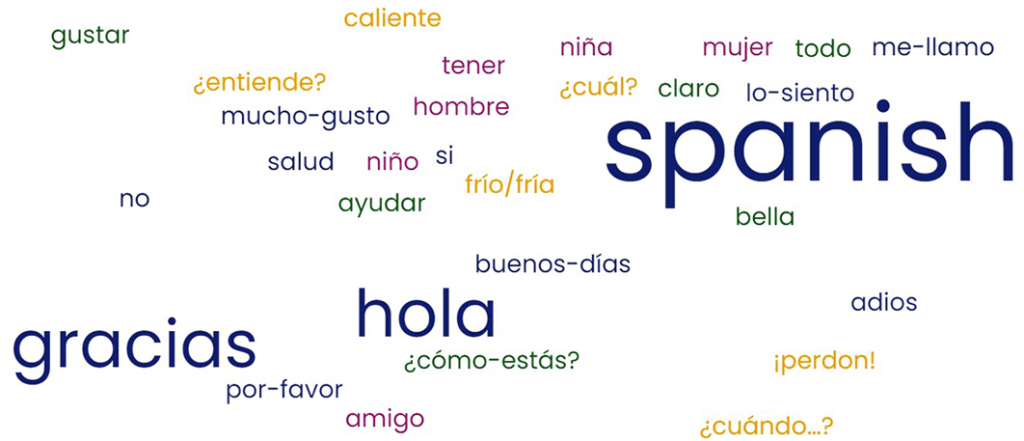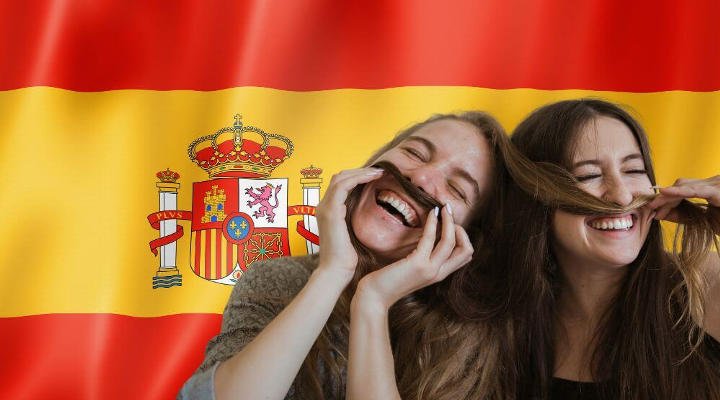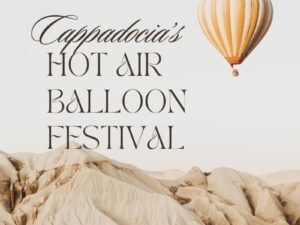Spain’s traditions and culture captivate visitors from around the world. The country is known for different cultures, including Celts, Romans, Moors, and Arabs. It has a unique and diverse culture, ranging from food to art, language, traditional Spanish clothing, and architecture. Here, we will explore Spain’s traditions and culture. Let’s get into the blog.
Interesting Facts of Spanish Culture
Spain is known for its vibrant and warm culture. The people are passionate and expressive about enjoying the company of loved ones. Here are exciting facts of Spanish culture and traditions:
Spanish Language


Spain’s main language is Castilian, also known as Spanish. Other languages are Galician, Catalan, and Valencian. Spain is a linguistically diverse country. These languages hold cultural significance. Catalan is spoken in Catalonia, Basque is spoken in the Basque country, Galician is spoken in Galicia, and Valencian is spoken in the Valencia region.
Spanish Communication Style


The communication style in Spain is warm, expressive, and often accompanied by gestures and body. They use hand gestures, facial expressions, and body language to convey their emotions. Interruptions are common in Spanish conversations. People may use informal language and humor in conversations.
Eye contact is considered essential to show interest and attentiveness. Gestures such as nodding, shrugging, and hand movements convey meaning.
Spanish Work Culture


Relationships and personal connections are essential in Spanish work culture, which is influenced by numerous factors, from greeting style to typical Spanish clothes worn at the workplace. Spanish workplaces have a hierarchical structure. Afternoon meetings are not common. Workers work an average of 36 hours a week. Spanish people tend to have a direct communication style when conveying messages.
Spanish Food Culture


We all know how much important food is for any country and Spanish gatherings are held over a meal. Breakfast and dinner are light, and lunch is the biggest meal of the day. Few tapa dishes are taken as an evening snack or mid-morning meal. Dinner is especially eaten at home which is usually served earlier than 9.pm.
Spanish people follow a healthy Mediterranean diet including olive oil, beans, fresh and seasonal veggies, meat, fish and nuts. Traditional dishes include tortillas de patatas, albondigas, croquettes, calamares and churros. Regional cuisine has huge variations such as common fish dishes, meat dishes and cold cuts.
Spanish Celebrations


Spanish celebrate their festivals with parades, food stalls, open markets, and more. Some traditional festivals include Holy Week, La Tomatina festival in Valencia, The Fallas festival, and El Dia de Reyes Magos.
Travel and Driving


If you want to drive a car in Spain, get an International Driver’s License. Most cars are available for rent in Spain, and you can request them for your commute. Spaniards drive on the right and usually overtake on the left. Do you know driving on the left is bad here in Spain?
Wedding Customs


People who are invited to a Spanish wedding they should know the wedding customs. In the Lasso ceremony, the bride and groom are wrapped with rosary to unify after exchanging vows. Groom gifts the bride 13 coins made of silver or gold. All guests can give gifts and money to the bride and groom.
Football Culture


Spanish football fans are loyal to their teams. Whether it’s about La Lia or international competitions, Spanish fans support their favorite teams. Football is considered a religion in Spain, and those who enjoy it don’t miss the chance to cheer for their favorite team.
Friendships


Spaniards are friendly, and it’s easy to start a conversation with them wherever you want. They have fun and are happy to take you along the ride. There is no doubt about it; they are genuinely friendly and warm. They may not invite you to their homes, but don’t take it personally. Loyalty and trust are highly valued among Spanish people. Once you establish a friendship, they tend to be loyal and committed friends who support you in good times and bad, and this thing was highlighted by Trevor Morrow Travel Dude.
Dressing


Spanish attire varies depending on region and occasion. The flamenco dress is a recognizable traditional Spanish outfit. Bullfighter’s suit is known as the “tarje de luces”. The suit features sequins and gold and silver embroidery with shoulder pads. A shawl and traditional accessories accompany the Sevillana dress. Spain has a huge cultural diversity, and many regions have their own traditional costumes. Men wear suits for business meetings, and women wear the same attire as professionals.
Greeting Etiquettes


Handshakes are a common greeting in Spain in formal or business meetings. Greet friends and family with a kiss on the cheek without making physical contact. In Spanish, “Hola” means (Hello), “Buenos Dias” means (Good Morning), “Buenas tardes” means (Good afternoon) and “Buenas noches” means (Good evening/night). Standing closer to the person during conversation and maintaining eye contact is important. Spanish cultures have closer personal space than other cultures. It’s essential to respect personal boundaries and observe other person’s comfort levels.
Final Thoughts
These are the traditions and culture of Spain. It encompasses rich traditions, customs, traditional Spanish clothing, and social dynamics that everyone should know about. Embrace the cultural shades and appreciate the warmth and friendliness of Spanish people. Trust me, one can quickly get immersed in the beauty of Spanish Culture.






